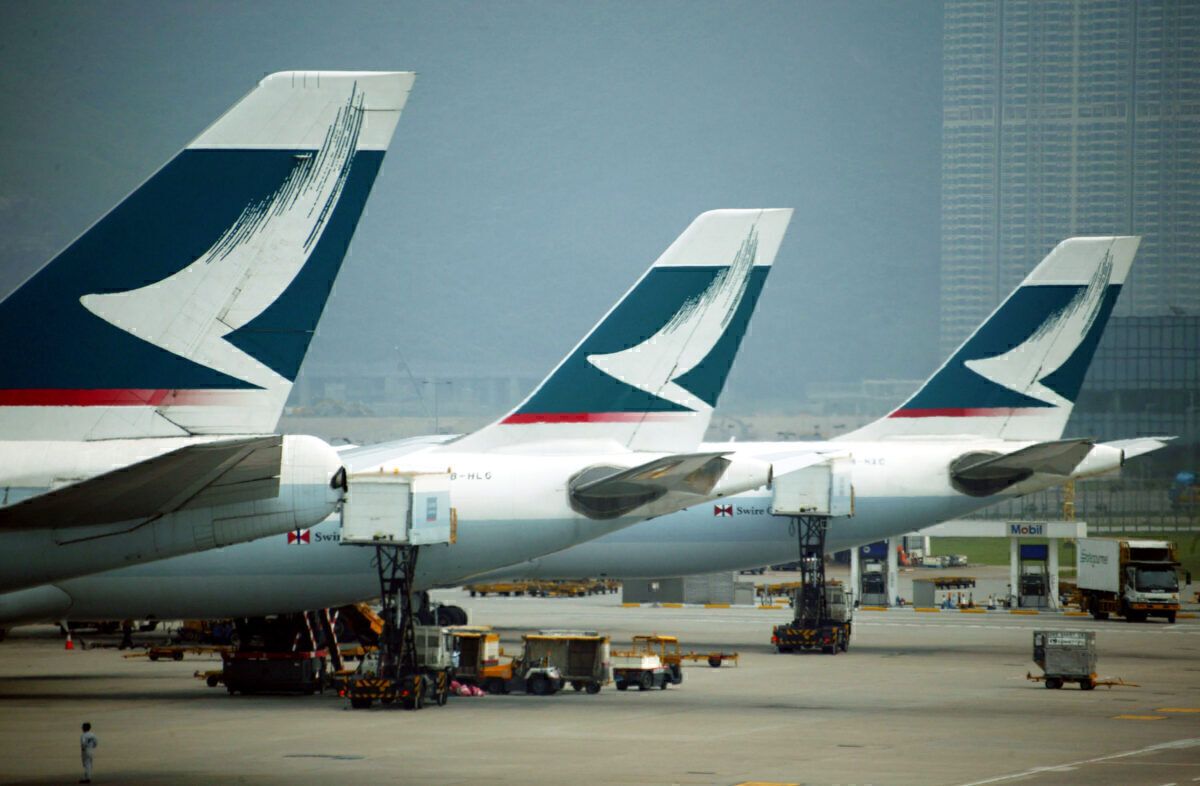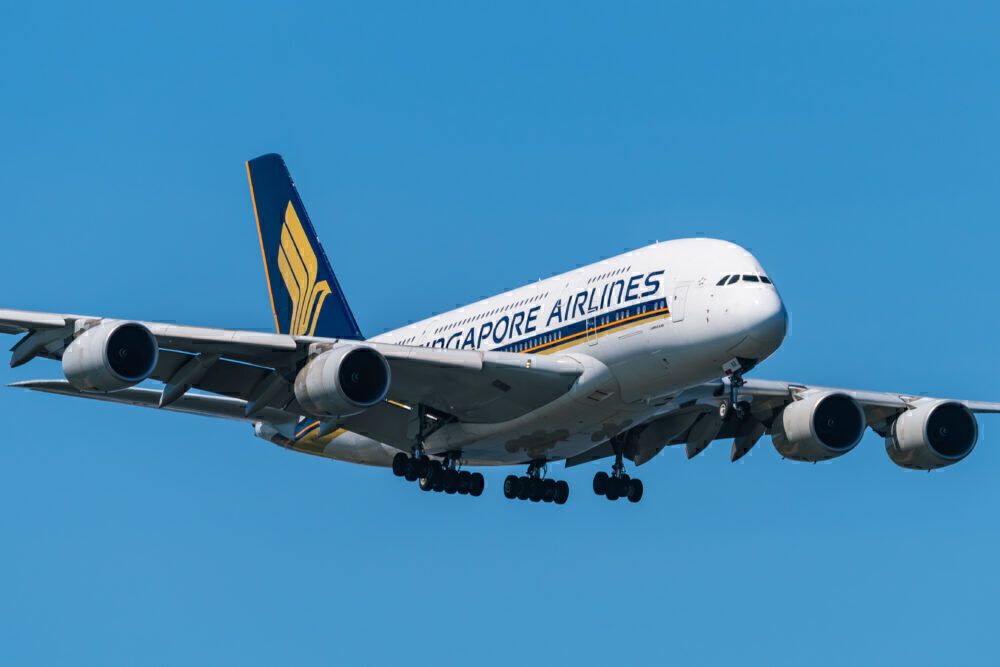After more than two years of COVID isolation, Hong Kong is prising open its borders from May 1.
In an April 22 statement, the Hong Kong government announced,
“From May 1, non-Hong Kong residents will be allowed to enter Hong Kong from overseas places and the route-specific flight suspension mechanism will be suitably adjusted.”
Hong Kong and Cathay Pacific have been badly wounded
Cathay Pacific desperately needs travel and tourism to Hong Kong to restart quickly. Photo: Getty Images
Traveler statistics give perspective to the impact of COVID restrictions on Hong Kong (HK).
Figures from Hong Kong International Airport (HKG) reveal that in its peak year of 2018, the airport handled 74.4 million passengers and 427,800 aircraft movements. By 2021 that had plummeted to 1.3 million passengers and 145,000 aircraft movements.
The impact on the home carrier, Cathay Pacific, was even starker. Its numbers fell from 35.2 million passengers and 81,195 thousand flights in 2019 to 717,000 and 18,000, respectively, in 2021. The airline reported combined 2020 and 2021 losses of HK$27.2 billion ($3.4 billion). Cathay has seen some horrendous years with the mass rioting followed by the pandemic virtually killing off tourism in what was previously a global mecca for visitors.
On the surface, easing restrictions means visitors will return, and Cathay and other airlines like British Airways, Qantas, Air France and United Airlines will benefit.
As promising as that sounds, the devil is always in the detail.
The HK government statement said reopening is based on four COVID-related factors. It identified these as the recent volume of inbound passenger flow, the number of imported cases, the city’s capacity in tackling the local epidemic as well as socio-economic needs.
The government’s Inter-departmental Steering Committee and Command Centre pointed out that there has been an increase in the daily number of inbound travelers since the lifting of the place-specific flight suspension for nine overseas places on April 1.
From May 1, non-Hong Kong residents who have stayed in overseas places in the last 14 days will be allowed to enter Hong Kong and be subject to the same boarding, quarantine and testing arrangements as Hong Kong residents.
Arriving passengers must be fully vaccinated, undergo a pre-departure nucleic acid test with a negative result and have booked a designated quarantine hotel (DQN).
Spelling it out clearly, the statement says,
“Upon arrival, they will be subject to the test-and-hold arrangement at the airport and then transferred to the DQN by designated transport to undergo compulsory quarantine and multiple testings.”
The route-specific suspensions remain if five or more passengers, or 5% of passengers on the same flight, test positive on arrival. The airline’s flights on that route will be banned from landing in Hong Kong for five days.
Singapore is out in front in Asia
The HK policy contrasts with what Singapore is doing. With 96% of its eligible population vaccinated, it is scrapping all tests for incoming vaccinated visitors, dropping masks outdoors and the limits on gathering sizes at most places.
With restrictions almost all gone, Singapore Airlines is set to capitalize on the country’s reopening policies. Photo: Vincenzo Pace | Simple Flying
Singapore will be the first major economy in Asia to remove all restrictions for fully vaccinated travelers entering the country. It’s a move clearly designed to boost inbound tourism and lift the fortunes of Singapore International Airlines, which, like Cathay, has struggled heavily with border closures.
Restrictions on entertainment, nightclubs, bars and karaoke establishments have been lifted, including the 10:30 pm curfew on alcohol sales.
Competition for tourists is now fiercer than ever, particularly in Asia. Singapore looks much more attractive than a designated quarantine hotel in Hong Kong.
Discover more aviation news here.
Read Next
About The Author






